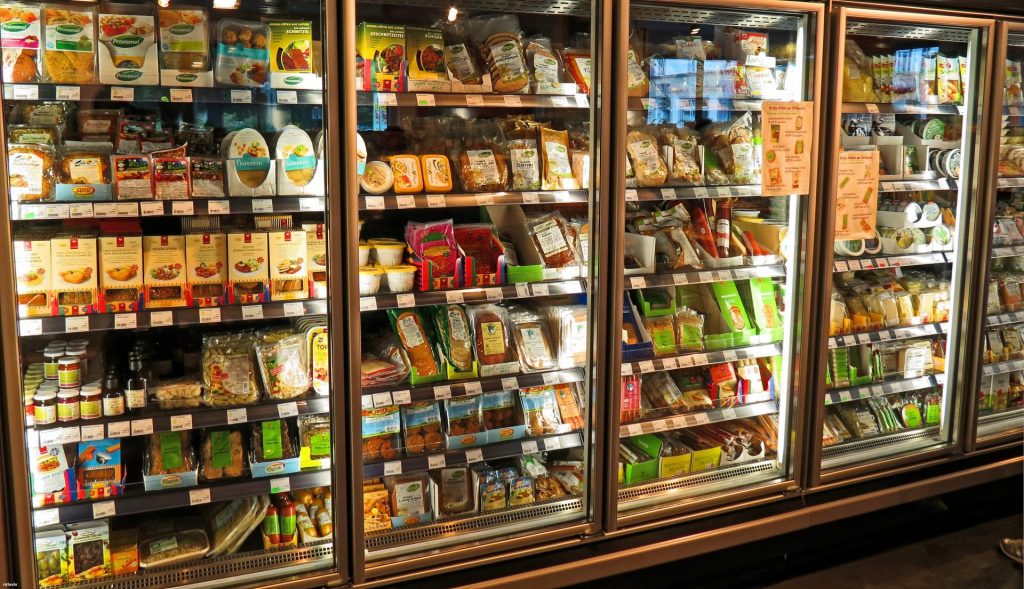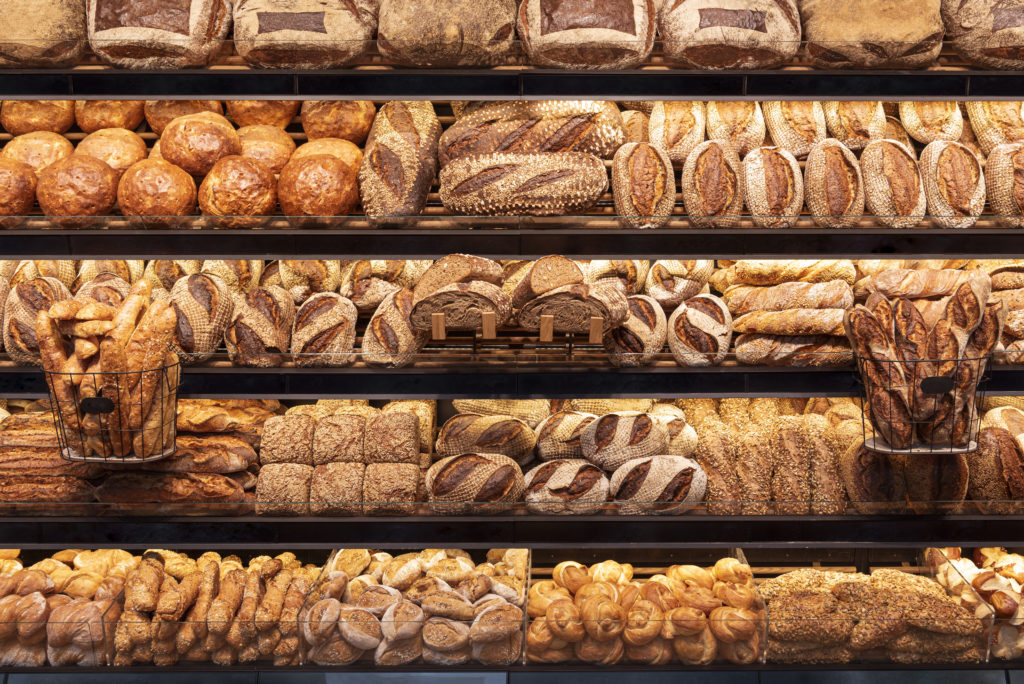Food Label Misconceptions

In the modern food supply, most products – including those that are vegan, organic, and pantry staples, have lists of ingredients on their labels. The purpose of these lists, which are required by law, is to provide consumers with information regarding the ingredients contained in the product. Although all food ingredients must be proven safe, some are hard to pronounce or sound weird which can seem confusing or even frightening to consumers. Especially if a product has a food label with a long list of ingredients that have unfamiliar or scientific names. It’s completely fine to dislike or to avoid any food product due to dietary needs or personal preference, however there’s no need to avoid foods due to a fear of ingredient lists.
Everything is a Chemical
The idea of food additives, which are also referred to as chemicals in food, may sound odd to some – however the truth is that, when it comes to food products, everything is a chemical. Water, air, and food, including food additives, are all made up of chemicals. Some chemicals in food are naturally-occurring while others are manmade. Chemicals are abundant even in simple, healthy, everyday foods like bananas – which contain over 50 chemical compounds. However, the presence or absence of chemicals in a food product does not make the product any more or less “natural”, “artificial”, healthy, or safe; and as a matter of fact, some natural foods are more chemically complicated than foods a consumer might view as manufactured or processed.
Ingredients added to food are regulated by national authorities, which study the science to ensure they are safe for their intended use. When food products have long lists containing numerous scientific ingredients and/or additives, it represents nothing about the health or safety of the food, but rather shows how structurally complex they are.
It is understandable that consumers may be confused or intimidated by long and chemical-sounding ingredient lists on food labels, but a little more info and insight can quickly help remove this confusion. For example, due to FDA regulation that requires ingredient lists to include all sub-ingredients, a commonly known ingredient like “baking powder” must legally be shown as “baking powder (sodium bicarbonate, sodium aluminum sulfate, and cornstarch)”. Because of FDA regulations, and the inherent complexity of foods, labels are left packed with what can feel like dozens of scientific ingredient names; and consumers should know that there is no need to fear or avoid these products and ingredients. In fact, the inclusion of some food additives such as emulsifiers and humectants can help keep an ingredient list shorter in a food product.
Check out this 2-minute YouTube video, “Chemicals in Food,” that explains how everything, including the food we eat, is made up of chemicals.
The Benefits of Food Science
Food additives, with their sometimes long scientific names and all, should be embraced by consumers because they play important roles in foods. Additives can help enhance a food’s nutritional value, improve texture and enhance shelf life, make foods more convenient, and help ensure a healthier, more sustainable, and more efficient food supply. Food additives contribute to everything that consumers love about food; taste, texture, appearance, health benefits, convenience, and more – and there is no reason to misunderstand or be afraid by ingredient names.
What are Clean Labels?
“Clean label” is a term made popular by consumers and refers to products that are made with as few ingredients as possible. In many cases, this is to dispel some of the previously mentioned misconceptions and fears about food additives. These are products that often use common, easily identified, and trustworthy ingredients in an effort to make consumers feel, whether justly or not, more comfortable with their foods.
The issue with “clean labels,” and the term, is that it doesn’t really speak to the science or safety of food products. The truth of the matter is that food labels, including those with long lists of scientific names, are clean and safe themselves; and to get rid of these naturally-occurring, supportive ingredients and additives only serves to reduce taste, convenience, shelf-life, and overall food efficiency.
To better understand food labels, ingredient lists, FDA regulations, and more, check out IFAC’s “Understanding Food Labels.”







